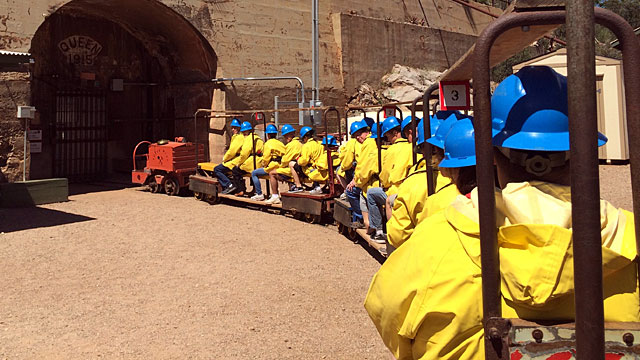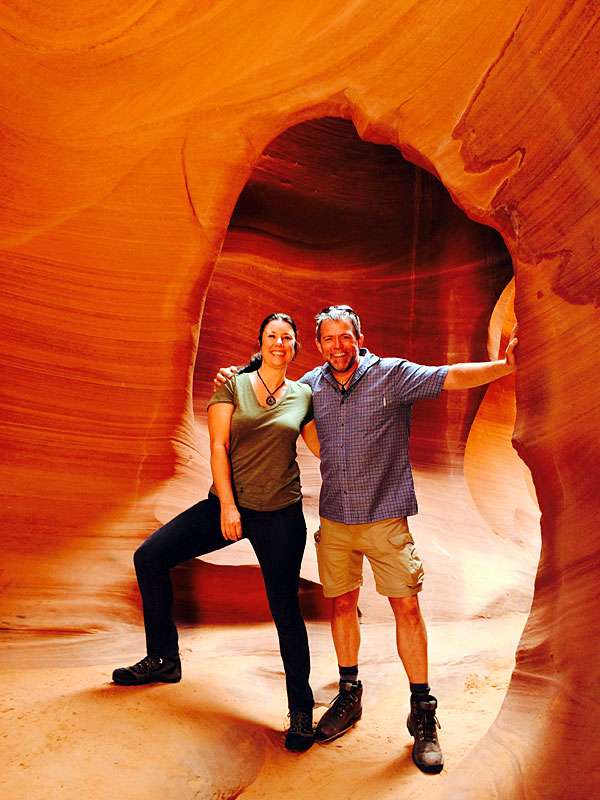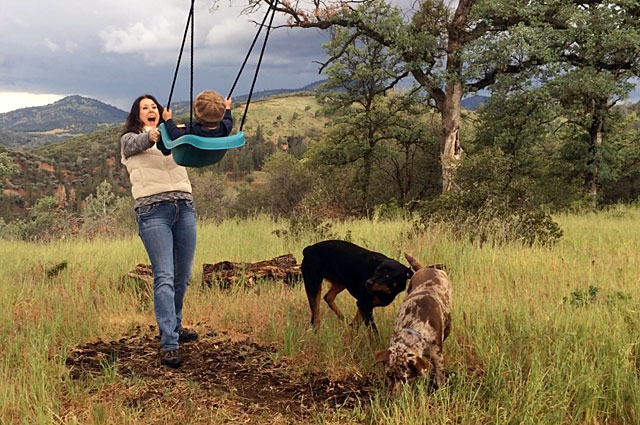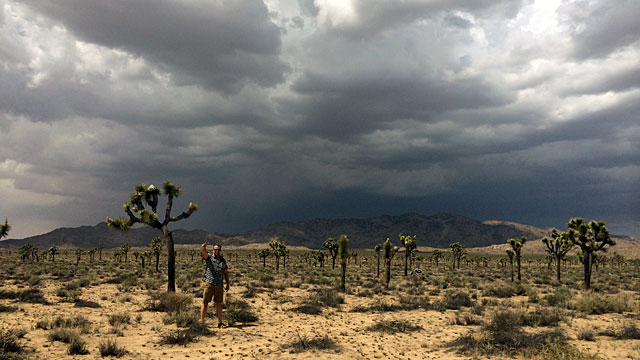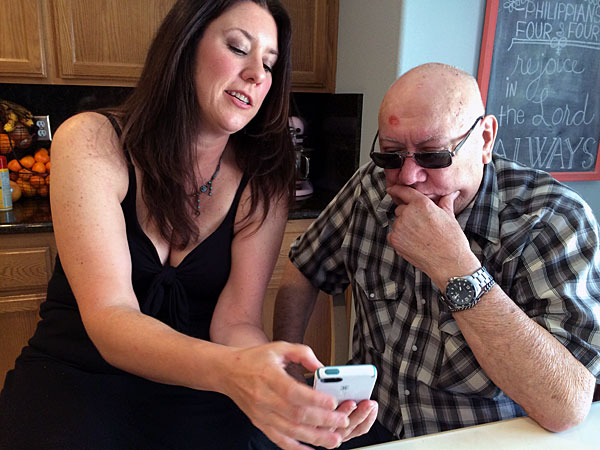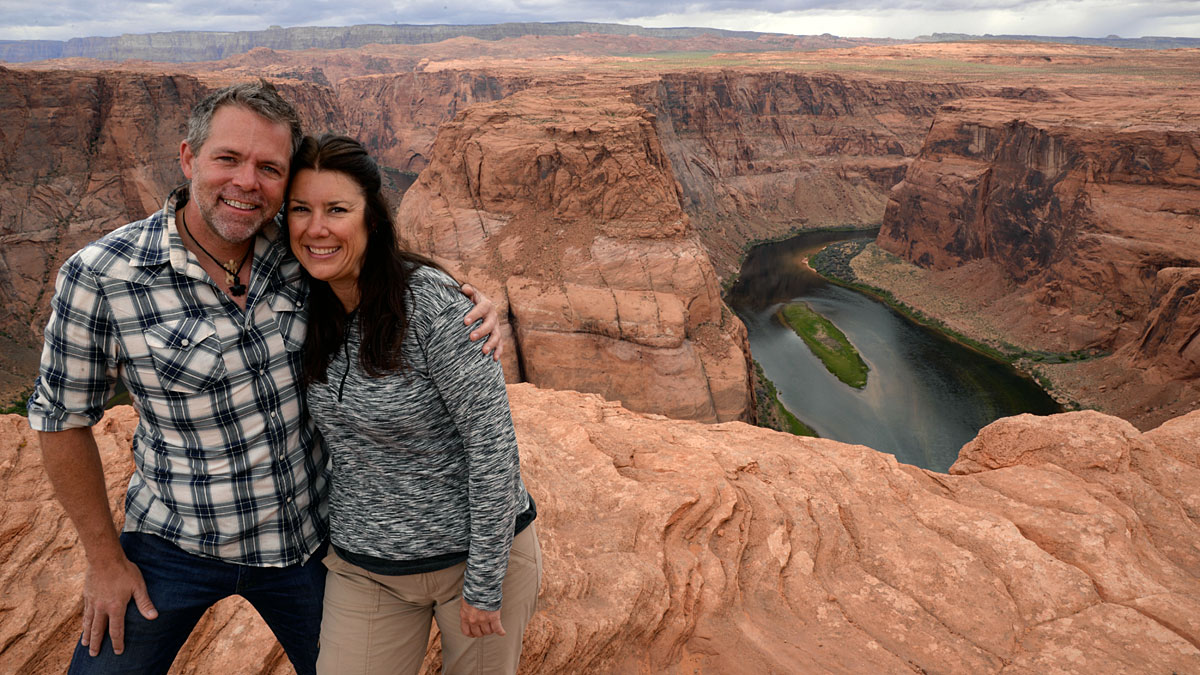“You know what I miss?” Kim asked last night. We were sitting in bed, reading. “I miss the way we read The Martian together. That was fun.”
Last month, during our week-long quest to find a place to live for the winter, we read/audited Andy Weir’s The Martian as we drove all over Florida, Georgia, the Carolinas, and Virginia. Sometimes I read aloud to us, but mostly we listened to the audiobook. Kim’s right: It was fun.
“I’ll tell you what,” I said. “When you finish the book you’re working on, you can pick something else for us to read together. We can read it to each other. And if the audiobook is good, we can listen to that too.”
We’re both excited about this plan.
You see, Kim and I both used to be big readers. One of my first uses of the internet was to track my reading. When we were married, Kris and I used to spend our evenings reading together instead of watching television. And when I discovered audiobooks about a decade ago, I learned that listening to a book is often better than reading one.
When Kim and I first started dating in early 2012, we’d both been out of the habit of reading for a while. Things didn’t get any better during the next three years. But when we started our RV trip, things changed. Suddenly we didn’t have our old habits to fall back on. We had less access to easy entertainment. We had to entertain ourselves.
As a result, we both began reading again. (In fact, we made that a priority before we left Portland. We each brought a shoebox of paperbacks with us.)
Over the past six months, I’ve read (among others):
- Colin Woodard’s American Nations. This is an interesting (if flawed) look at how the U.S. is a country made up of eleven smaller “nations”. Each nation is a cultural unit unto itself with it’s own political and social standards. Sure, we as a country share some commonalities, but there’s a reason Kim and I feel like foreigners here in the South. We’re from the Left Coast, and our values are very different from the folks we’re around right now. To my mind, the main flaw with the book is where the author divides his nations. To him, it’s an academic exercise based on statistics. It’s like he hasn’t really experienced the areas he’s writing about. If he had, he’d probably split things up differently. (When taken with Founding Brothers, American Nations has helped me understand that the U.S. was never actually “united”. We’ve always been divided — and probably always will be.)
- James Michener’s Centennial. Michener is one of Kris’ favorite authors. The entire 23 years we were together, she tried to convince me to read him but I never made the time. My mistake. He’s great! I started reading Centennial as we approached northeast Colorado, where the novel takes place. Over about 1000 pages, the author explores the history of this region in a way that makes it come alive. Great stuff. I now plan to read Chesapeake before we explore Virginia in the spring.
- Robert Pirsig’s Zen and the Art of Motorcycle Maintenance. This is a book I like to revisit every couple of years. I enjoy the whole fiction/philosophy subgenre, and books like Siddhartha and The Razor’s Edge always bring me back for more. (Apparently this genre is called bildungsroman. It’s a thing.) Kim and I listened to most of Motorcycle Maintenance as we drove across Montana and the Dakotas, where the story takes place. For hours at a time, the cab of the RV was quiet as we listened to Pirsig’s discussion of Quality. More fun than you might think.
- Willa Cather’s My Antonía and O Pioneers!. While stuck in South Dakota, I re-read Cather’s amazing My Antonía, which explores what life was like for immigrant families on the plains of Nebraska during the 1800s. I followed that up with O Pioneers!, which is more in the same vein. I prefer the former with its many anecdotes of death and destruction. These books are bleak, just like the land they describe.
- Charles Portis’ True Grit. Most folks only know this as a movie. That’s too bad. True Grit is one of the best books I’ve ever read. No joke. It’s fantastic. The main character, Maddie Ross, has one of the strongest narrative voices I’ve ever encountered, with a distinct worldview that just can’t be conveyed on film. This is a short book (I read it once in one sitting) and it’s hilarious. Like Jonathan Strange, the author is funny funny funny although many readers miss the humor by taking everything at face value.
I’ve also begun reading science fiction again after an almost twenty-year lull. I’ve read (or re-read):
- Vernor Vinge’s A Fire Upon the Deep and A Deepness in the Sky.
- Kim Stanley Robinson’s The Wild Shore and Red Mars.
- Anne Leckie’s Ancillary Justice. (I tried to read Ancillary Sword, but it didn’t “stick”. Not yet, anyhow.)
- John Scalzi’s Old Man’s War. (I started the sequel, The Ghost Brigades but gave up after several chapters. Will try again.)
Right now, I’m reading Leviathan Wakes by James S.A. Corey (fun space opera with excellent character observation) and auditing The Millionaire Next Door. (The latter is homework for future Money Boss articles.)
I’m pleased with how much I’ve read recently. And Kim has read even more than I have! (I sometimes get distracted by blogs and Reddit.) It feels good to re-enter the world of words.
One big difference between how I read today and how I used to read? Most of my current reading is done on the Kindle. Yes, yes. I love paper books too, and I’ll always have them. Paper books are especially good for nonfiction (for reasons mentioned above). But when traveling, my Kindle is a lifesaver. It contains hundreds of books — but is smaller and lighter than even one. In the eight years since the first Kindle was released, I’ve purchased 310 books for the device.
Also on this trip, I started listening to audiobooks while falling asleep. I generally don’t recommend this. If you listen to books at bedtime, you’ll nod off after a few minutes, and the next night you’ll have to struggle to find the last place you heard. But I sleep well while listening to books, so I’ve found a way to make it work for me.
My secret? I only listen to books I know very, very well. On this trip, for instance, I’ve listened to The Lord of the Rings three or four times. I know the series by heart, so it doesn’t matter where I fall asleep. (Plus it’s fun to wake in the middle of the night and hear more of the narration.) My other go-to is Jonathan Strange and Mr. Norrell, which is probably my favorite audiobook ever. So good!
There you have it: A run-down of my recent reading habits. Now it’s your turn. Based on what you see here, do you have any recommendations? Because it’s fun to read about the places we visit, I’m looking for books that are able to capture regional character. I also want to continue kindling my passion for science fiction. And, as always, I’m interested to hear about good financial books. (If you have recommendations for great books read by great narrators, that’d be awesome too.) What should I read next?


